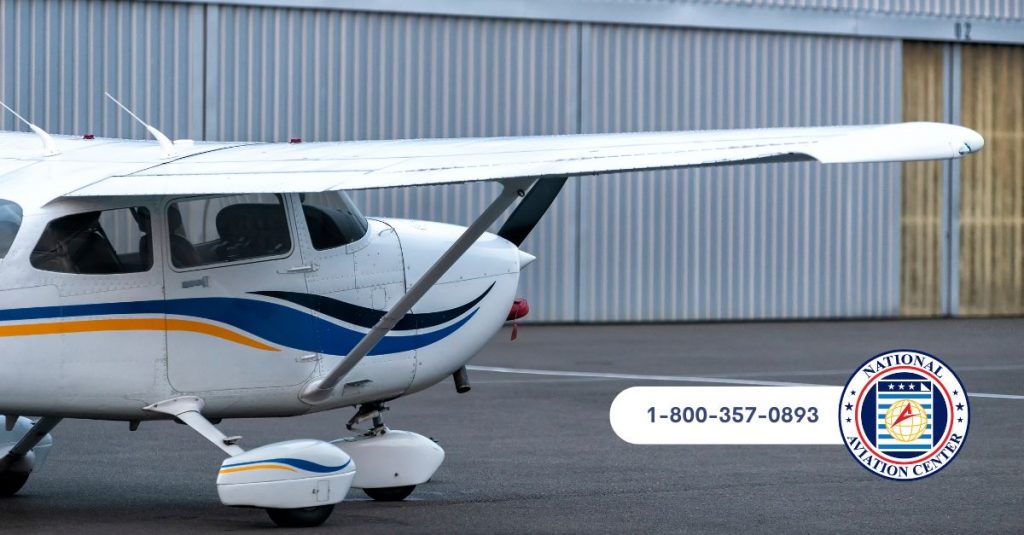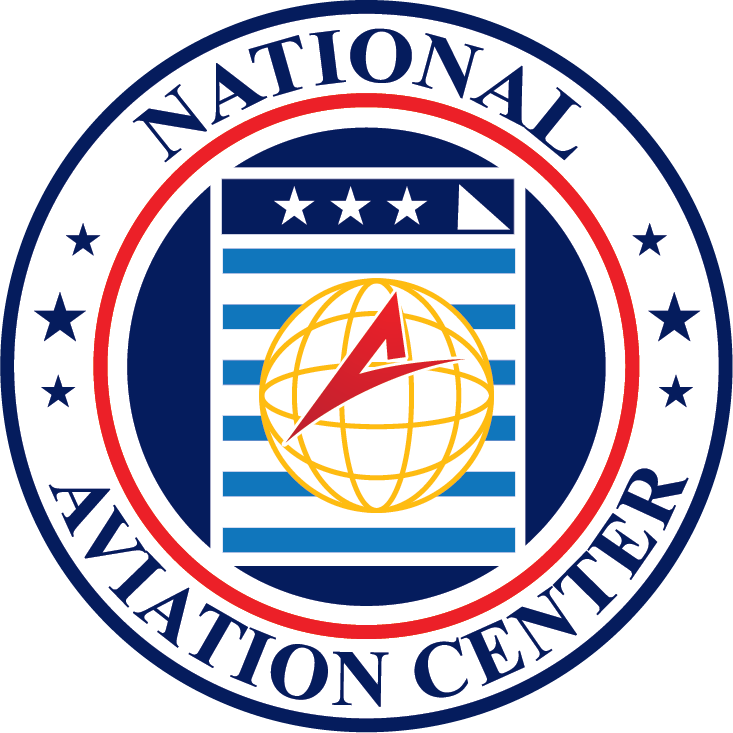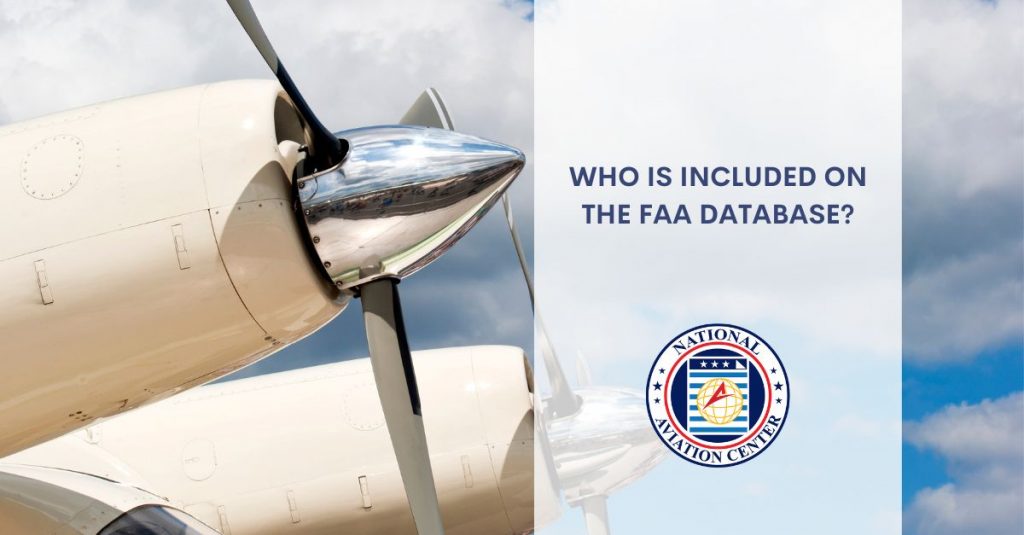If you are beginning to understand how the aircraft world works you may have noticed by now that it is not as simple as learning how to pilot a plane, buying your own aircraft, and taking on. Yes, the skies are infinite, but that does not mean that you can’t have accidents or, even worse, unrecognized airplanes winging through our skies. That is the reason behind the creation of the Federal Aviation Administration (FAA) database: To have a clear registry of all of the planes that are operating around our aerospace, to protect both the citizens of the United States and the pilots. If you want to know more about the FAA database and how it works please, read on!
Some Clarifications: What Exactly is the FAA?
Let us go a little bit further on the definition of the Federal Aviation Administration. They are the agency of the United States Department of Transportation responsible for the management and oversight of civil aviation in our country. Their mission, basically, is to ensure the safety of civil aviation for both the people in the skies and under it. To do so, they have an updated FAA database. Who is present in that database?
Every pilot, regardless of the size of the plane he operates, is compelled to submit an aircraft registration if they want to be authorized to fly over the American skies. From small personal jets up to massive, commercial beings. This “authorization” can be obtained through form 8050-1.
This form has multiple purposes. Whether you are getting it for the first time, you are trying to renew your documentation, or you want to be removed from the database, you always use the same form. At our site, the National Aviation Center, we made it a bit easier for you by dividing the documents by their purpose and not by their number or name. But let’s get back to the 8050-1.
The N-Number
Once you have finished completing the form, if it is the first time, you are assigned an n-number. That is the series of digits that can be seen at the tail of the plane. Let’s call them the plane plates. Keep in mind that we only call them “N-Number” in the US. Every country has a different nomination. B for China, G for the United Kingdom, F for France, C for Canada… and N for the US.
Every plane starts with the letter (or two letters depending on the case) that has been assigned to the country they are registered at. After that, the “plane plate” continues with 5 more digits. The first three of them must be numbers, the last two can be either numbers or letters. Keep in mind that you can not start your tail number with a “0” or use the letters “I” and “O”. Once you have completed this form and been assigned the tail number, your plane will be on the FAA database. There is, however, one more step you will need to take before being able to fly around.

The Airworthiness Certificate
Once you have finished with your initial registration, the FAA needs to be assured that your plane is secure enough to be flown on. They do so with the airworthiness certificate. This is a document an inspector will give you after making sure that your plane is safe and sound. You need to be inscribed in the FAA database first.
These two documents and every other type of aircraft documentation, are readily available to you at the National Aviation Center. We are a third-party agency that operates on your behalf, and lets you get your requested paperwork from the comfort of your house. Contact us today to clear all of your doubts by any means from our site. Our friendly staff will be happy to assist you.




